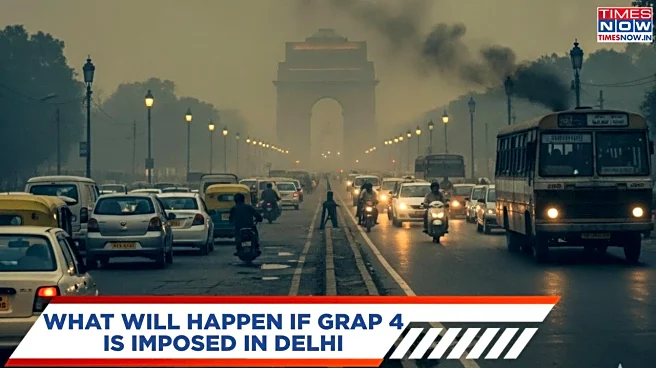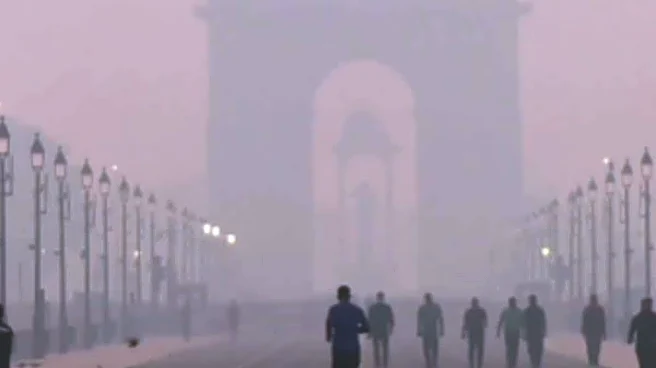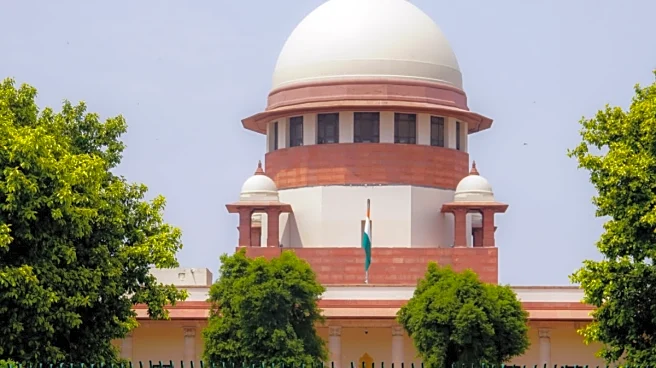
Air pollution is often discussed in the context of lungs and heart health, but the eyes, delicate, constantly exposed, and easily irritated, are among the first organs to signal distress. With rising pollution levels in urban centres, ophthalmologists are witnessing a surge in eye complaints that extend far beyond the usual redness or dryness. The underlying connection between polluted, toxic air and eye disease is a common one and far more concerning than most people realise. Particulate matter (PM2.5 and PM10), nitrogen dioxide, carbon monoxide, and ozone are the main culprits. These microscopic pollutants settle on the tear film, which is the eye's natural protective layer and cause rapid instability. Eventually after coming in contact with
polluted air consistently when this protective layer breaks down, inflammation begins, setting the stage for a range of disorders.
One of the earliest yet most overlooked symptoms is eye twitching, or myokymia. While usually harmless, its increasing frequency in polluted environments is linked to chronic irritation of the ocular surface. Continuous exposure to smog forces the eye muscles to work harder to blink away irritants, triggering spasms and persistent twitching.Dry eye disease has also become increasingly commo, especially among people who are living in heavy-traffic zones, places like Delhi NCR. Pollutants evaporate the tear film faster than usual, creating a constant sensation of burning, gritty discomfort. In severe cases, this dryness triggers corneal inflammation, making the eyes more vulnerable to infection.Another rising concern is allergic conjunctivitis. It is triggered by pollutants that act as 'allergy amplifiers.' Airborne chemicals can make the eye’s immune cells hypersensitive, causing swelling, itching, and excessive tearing even in people with no prior allergy history. More alarming, however, is the growing evidence linking prolonged pollution exposure to the early onset of cataracts. Oxidative stress, the imbalance created when the eye is overwhelmed by toxic particles, damages lens proteins over time. This accelerates clouding of the lens, which once took decades to develop. Rural populations cooking with biomass fuels and urban residents exposed to dense smog are particularly at risk.What makes this issue urgent is not just the rise in cases but how invisible the threat is. Air pollution doesn’t always sting the eyes; sometimes it quietly chips away at vision.Protective eyewear, frequent lubricating drops, indoor air purifiers, and reducing outdoor exposure on smog-heavy days can help, but ultimately, cleaner air is the only long-term remedy. Our eyes are telling us a story, and the message is clear: pollution isn’t just choking our breath, it’s clouding our vision./images/ppid_a911dc6a-image-176372564121387891.webp)


/images/ppid_a911dc6a-image-176348645701371471.webp)



/images/ppid_a911dc6a-image-176356328688337277.webp)






/images/ppid_a911dc6a-image-17634708329726615.webp)

